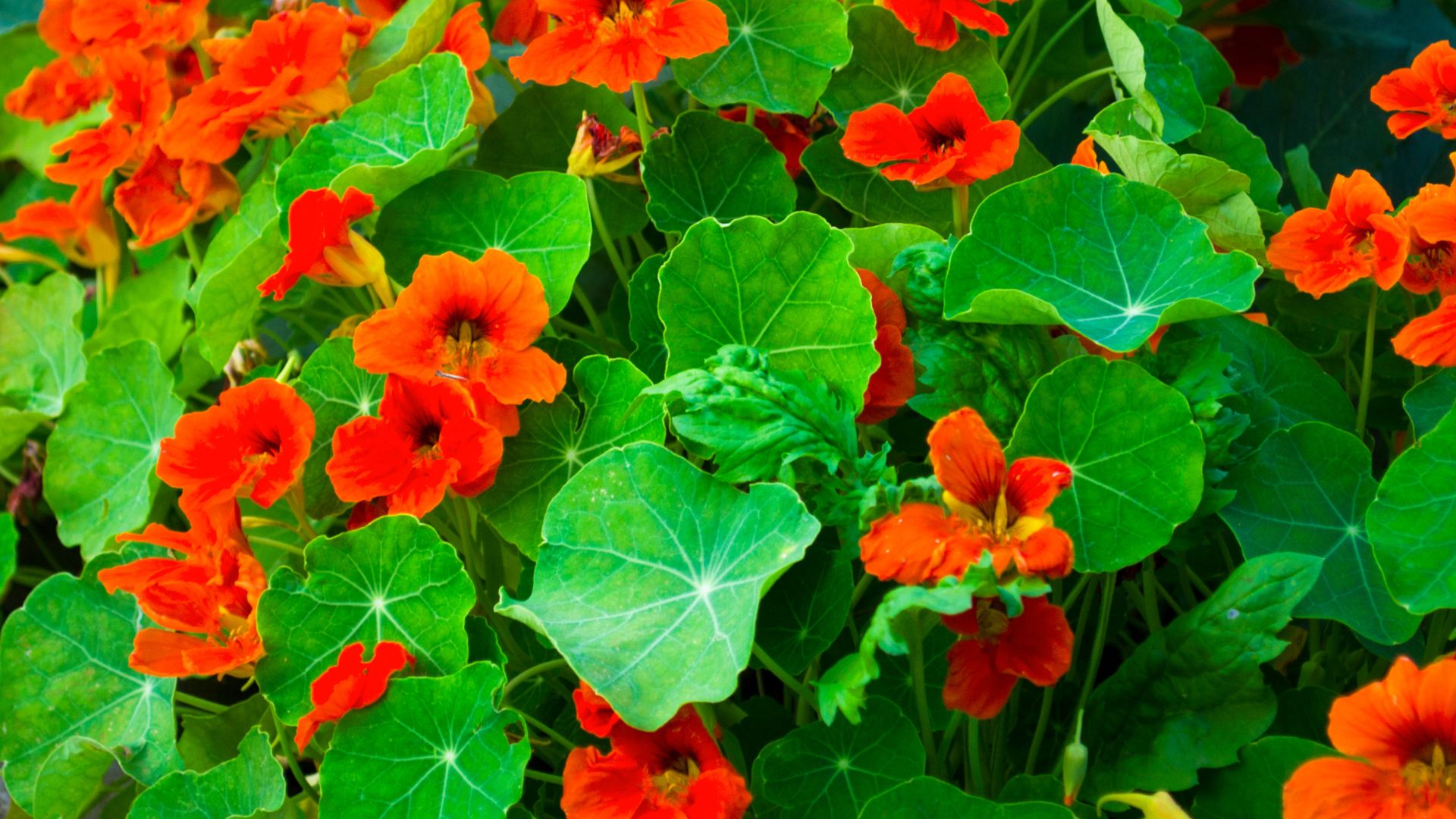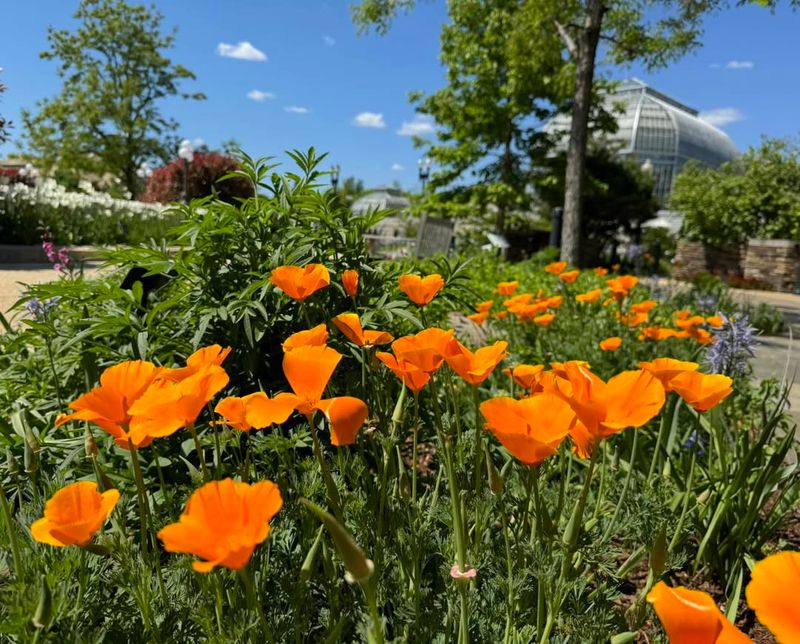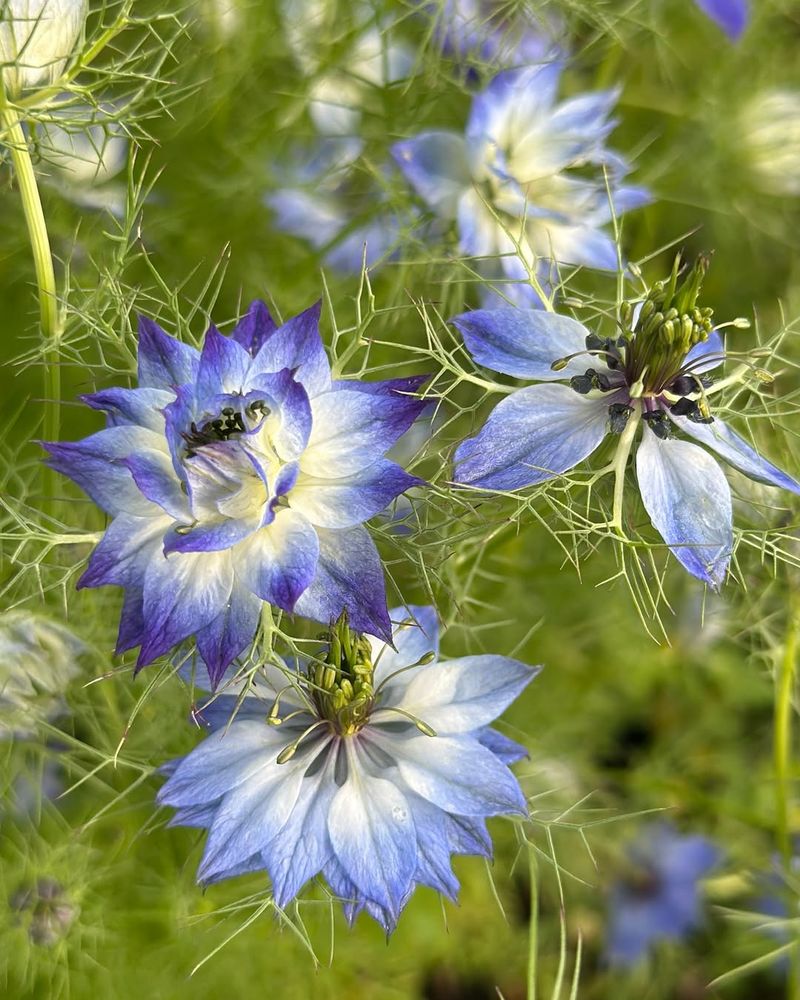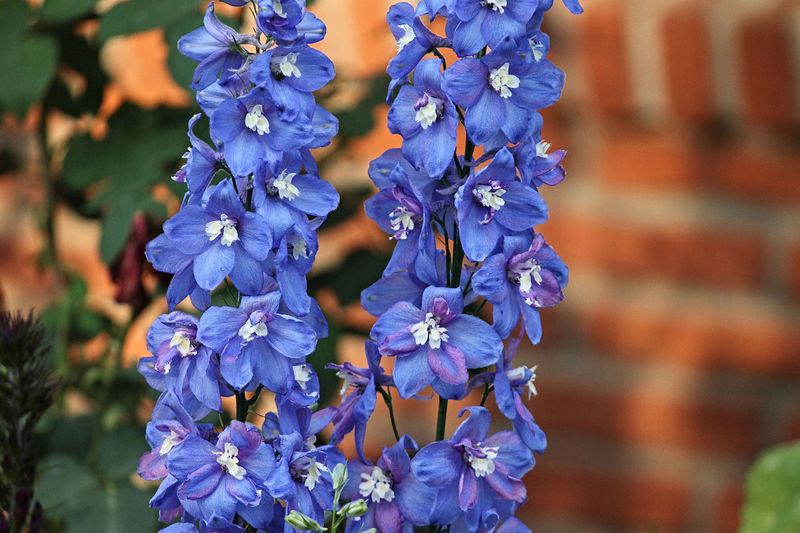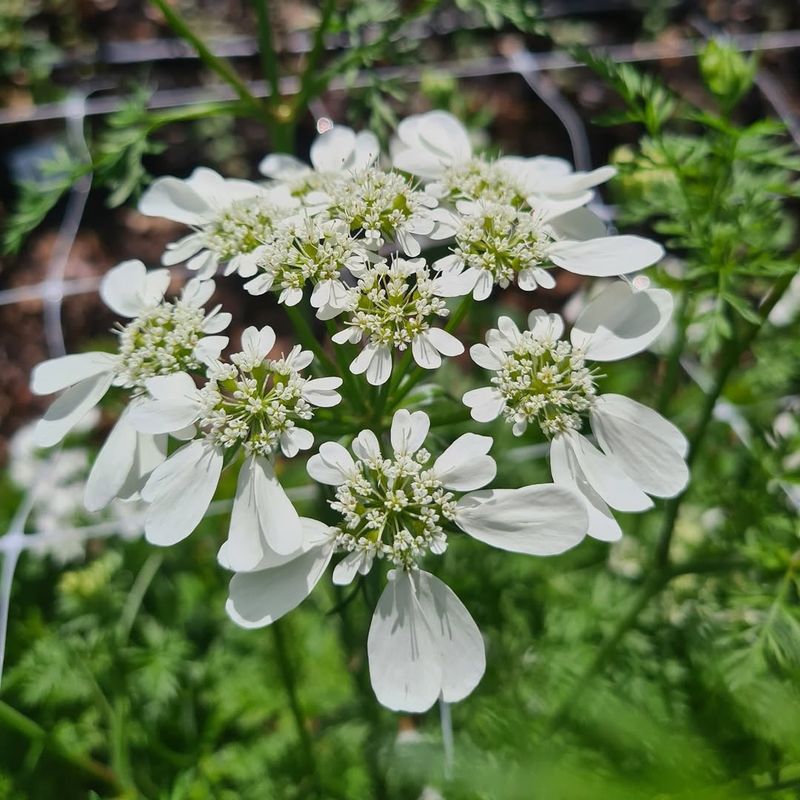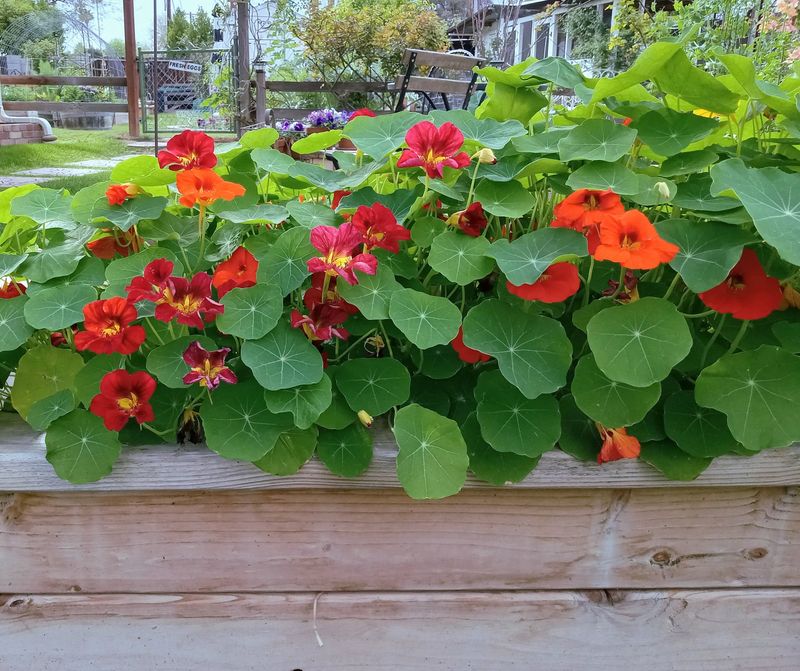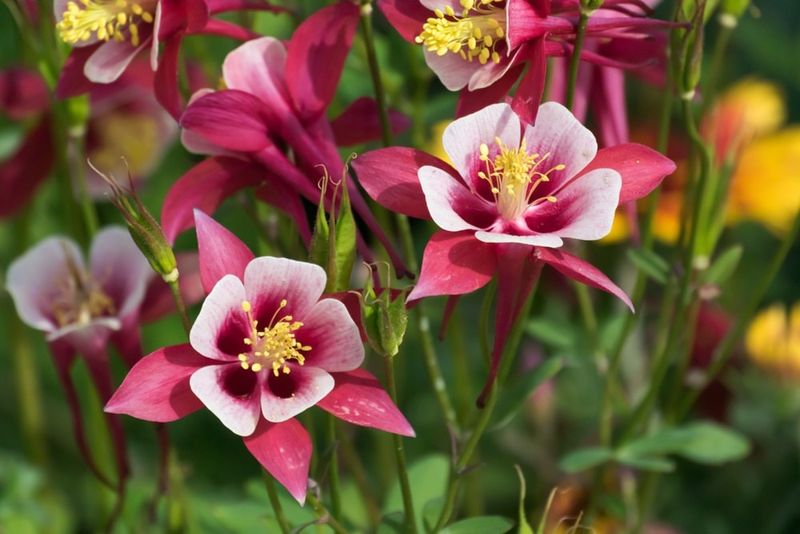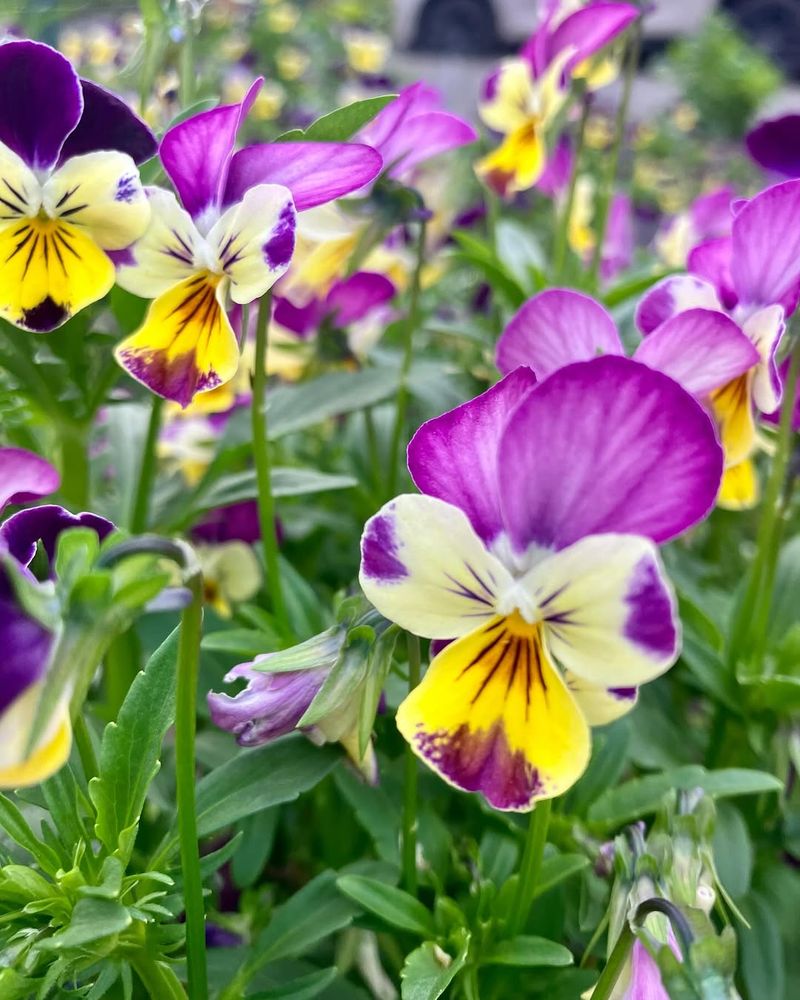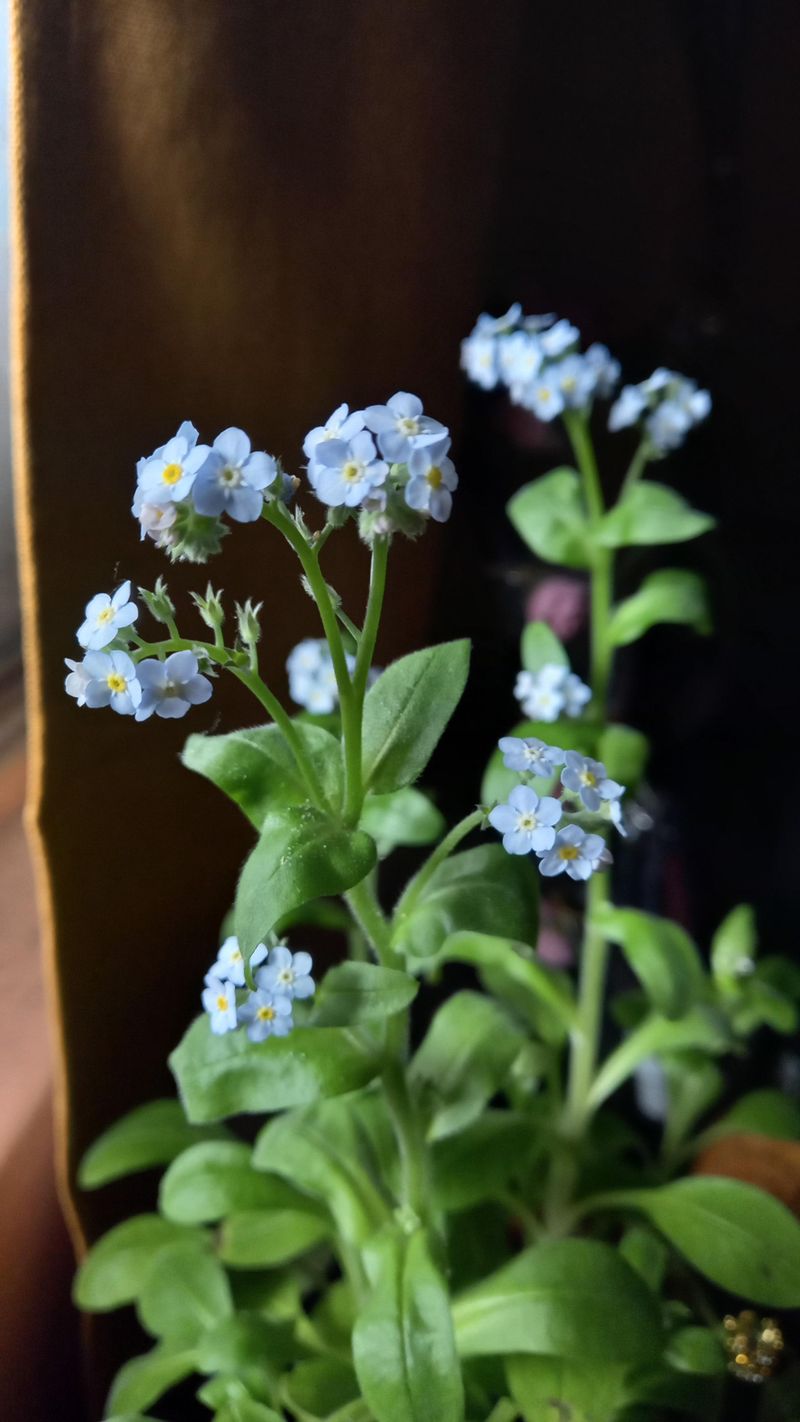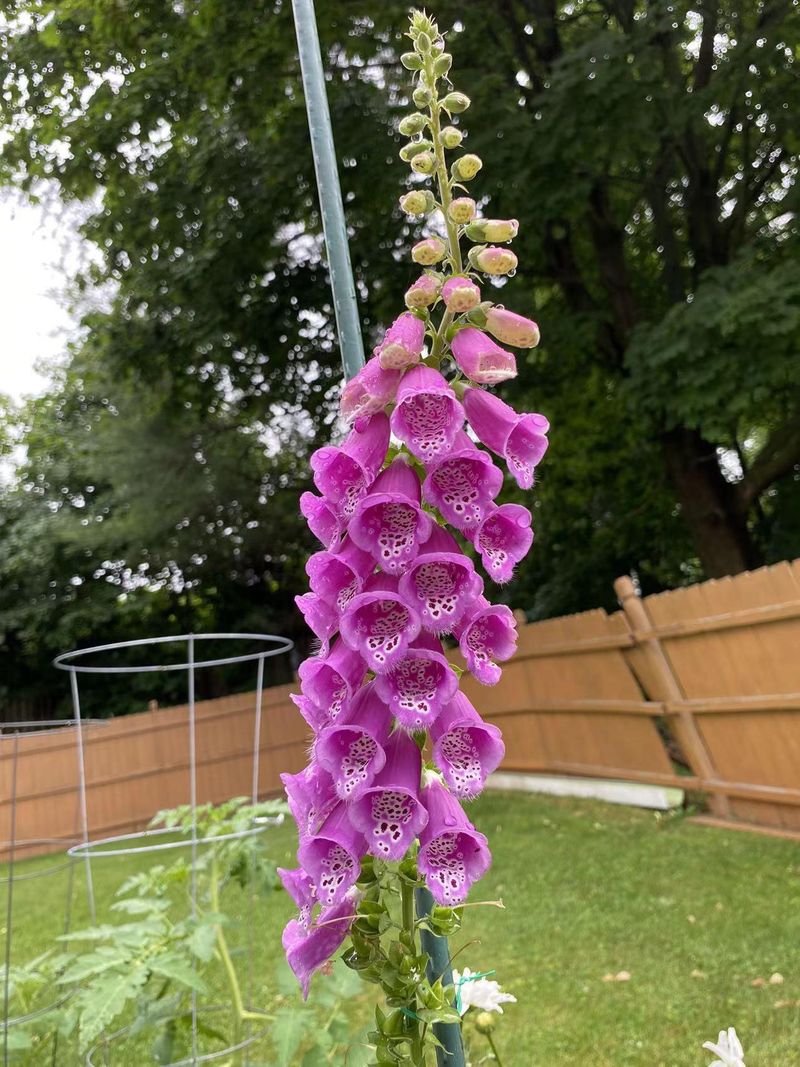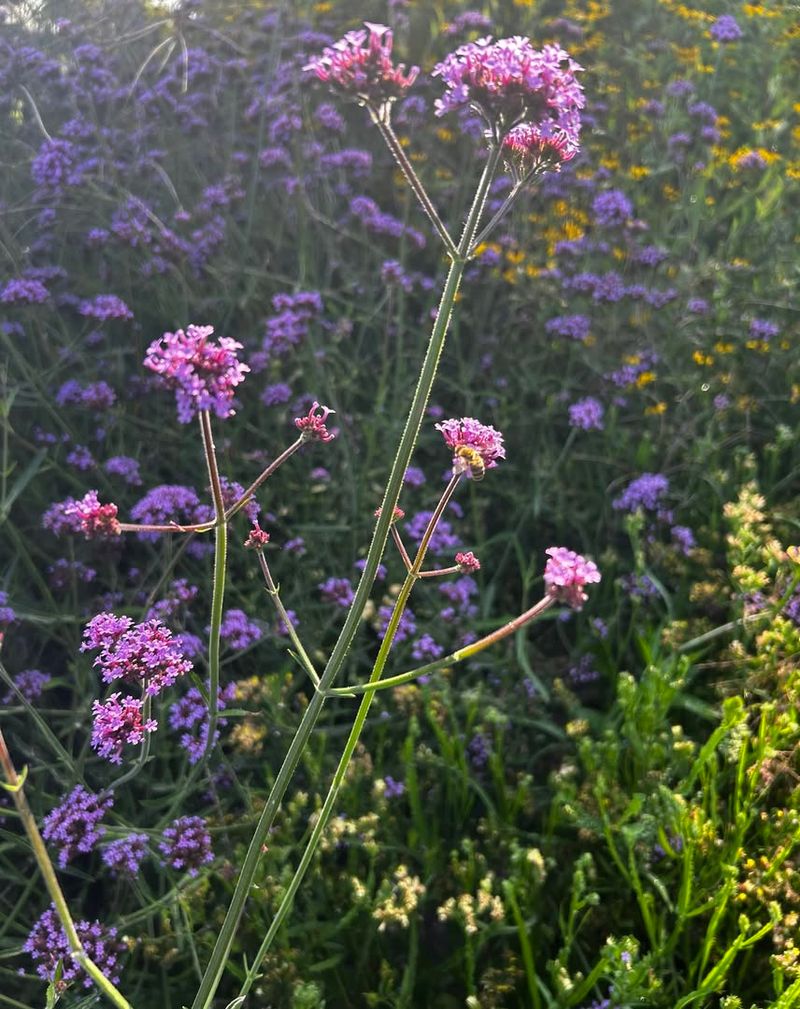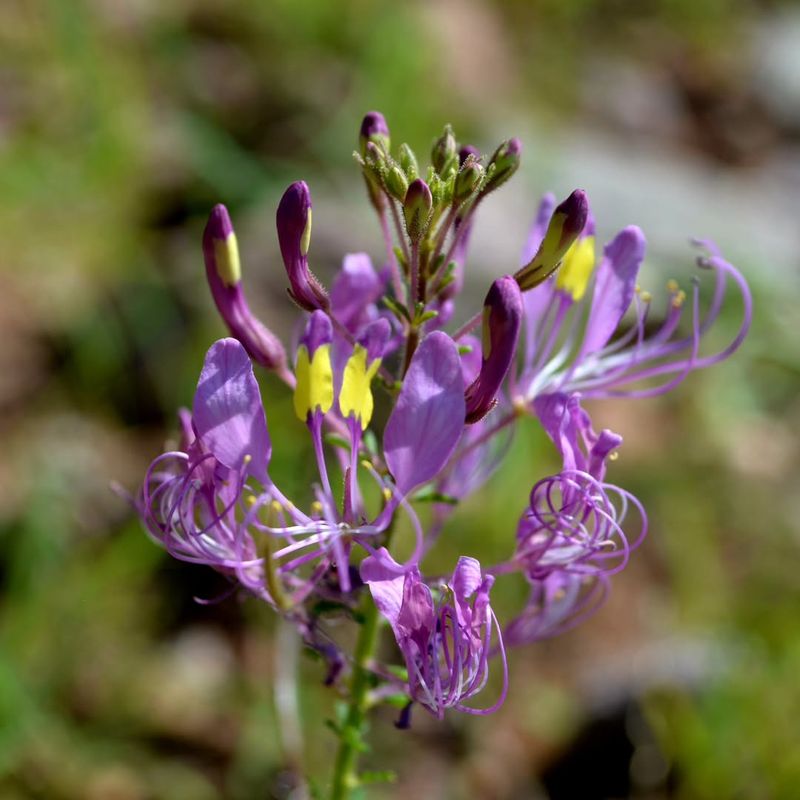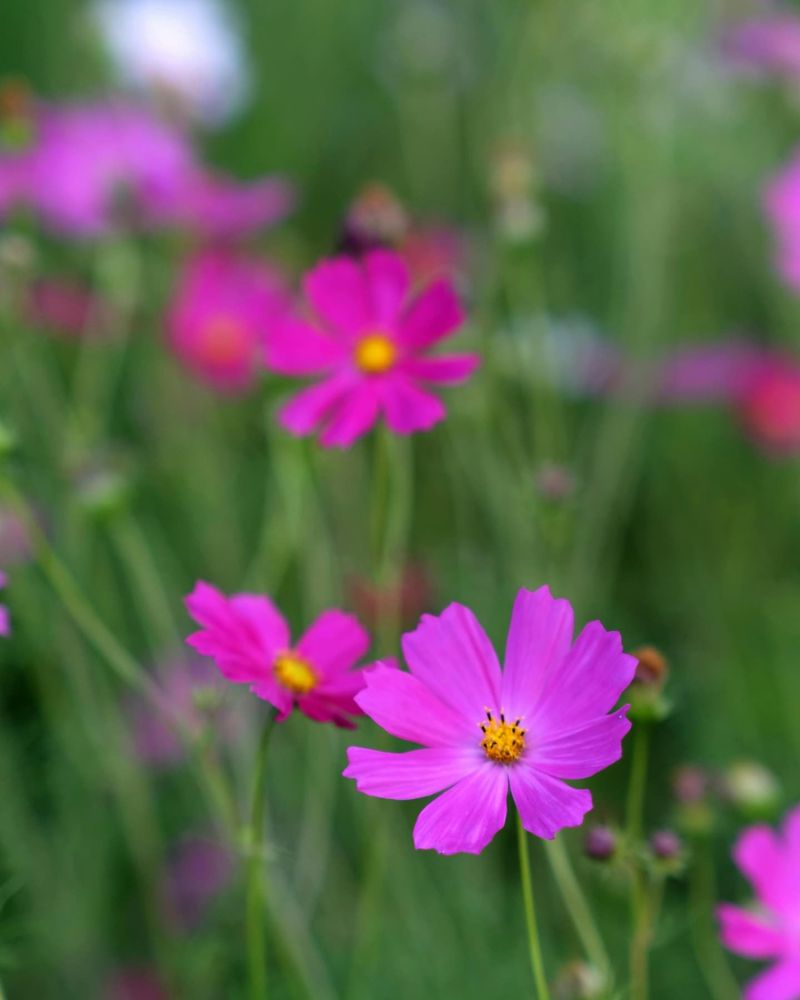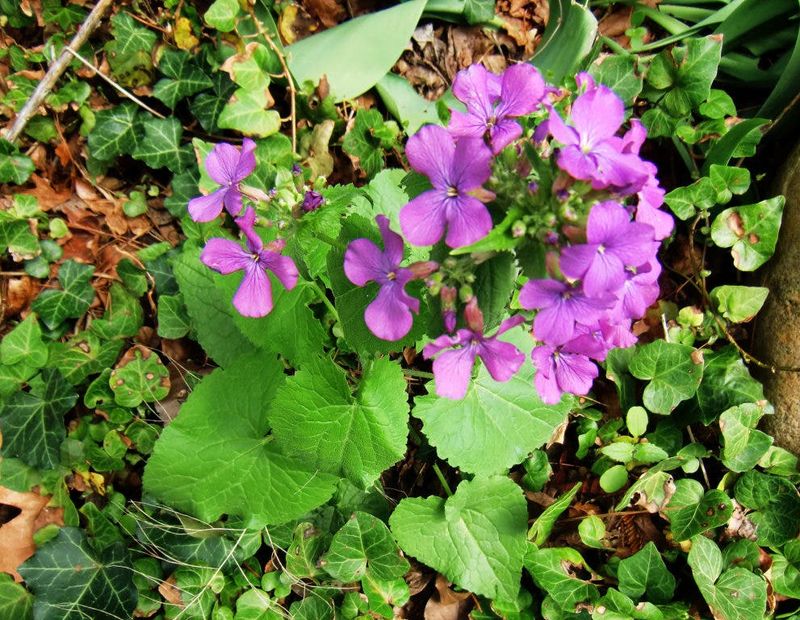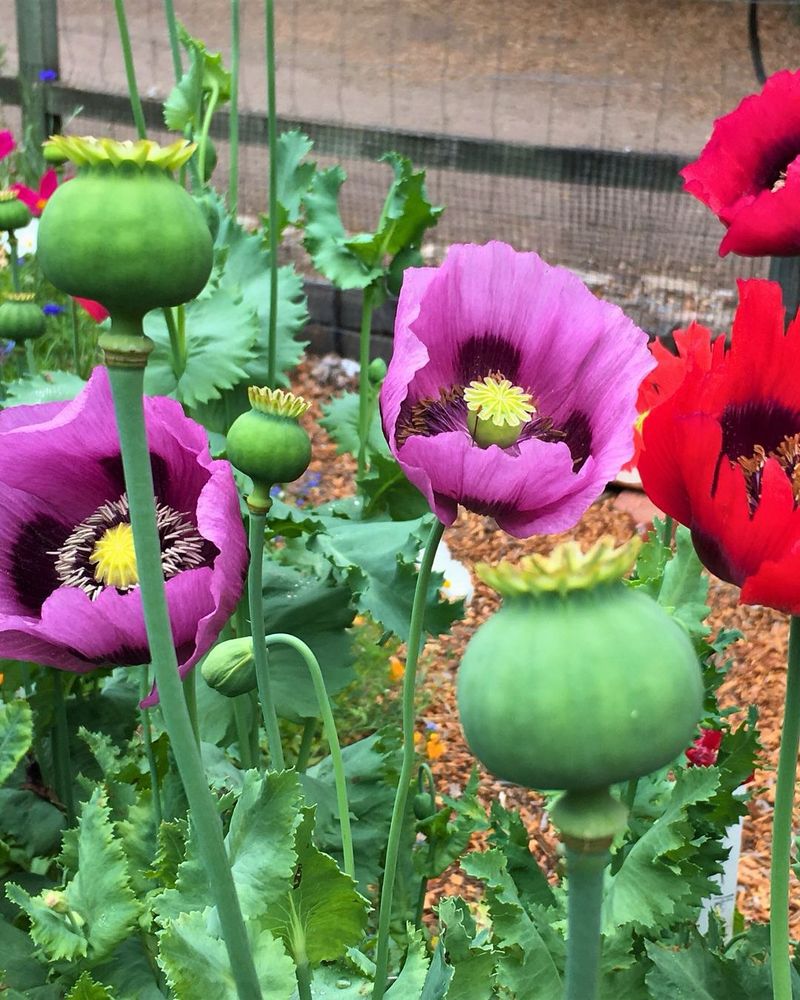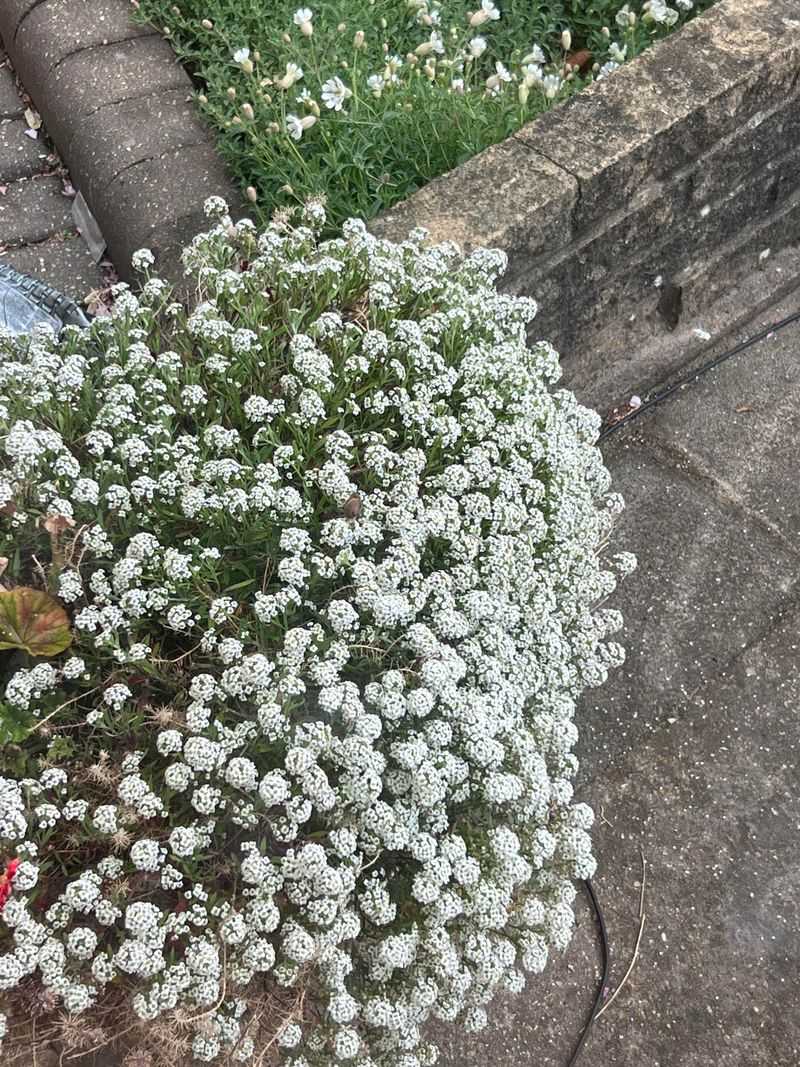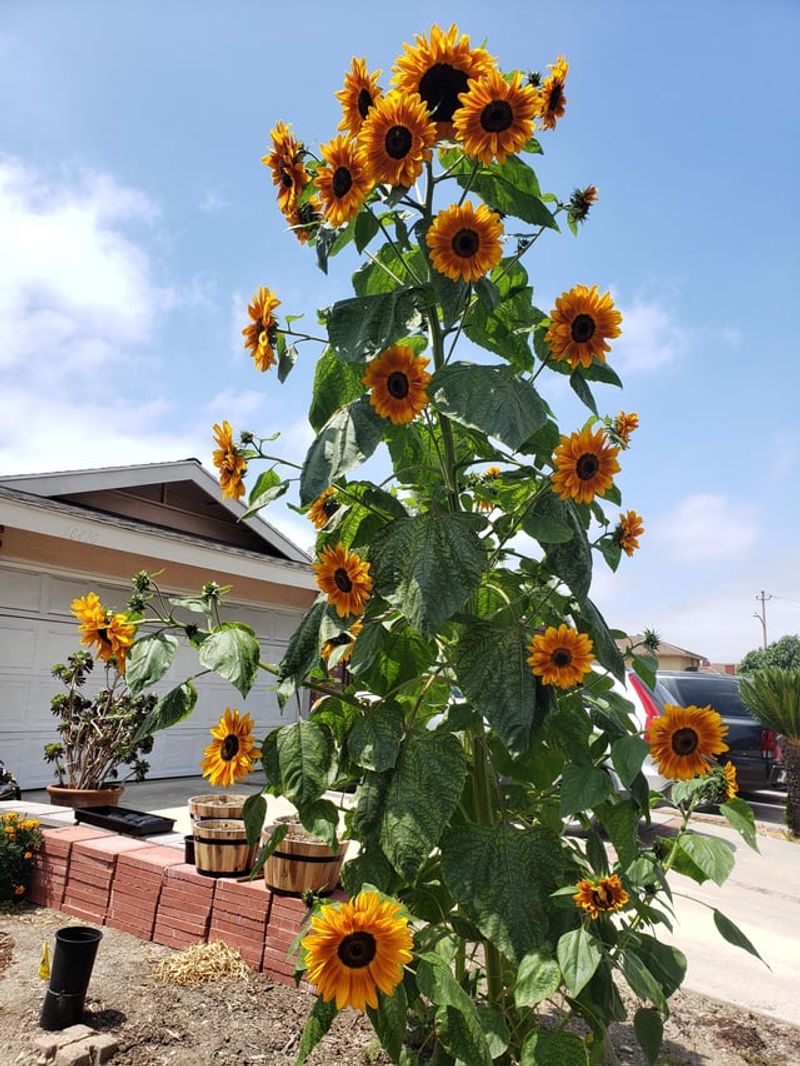Imagine stepping into your garden each spring and spotting new blooms popping up—without lifting a finger. That’s the magic of self-sowing flowers. I love how they surprise me each season, filling in gaps and softening edges in the most charming ways.
These hardworking plants drop their seeds, settle in over winter, and come back all on their own. It’s like having a little gardening assistant who works for free. And the best part? The garden evolves every year, always a little different, always beautiful.
Whether you’re a forgetful waterer (guilty!) or just want more blooms with less work, these 18 flowers will do the heavy lifting for you. They’re low-maintenance, cheerful, and wildly generous once they’re happy in your soil.
1. Calendula
Sunny orange and yellow blooms appear reliably each spring from fallen seeds. Calendula doesn’t mind poor soil and actually seems to thrive when slightly neglected.
The petals are edible, adding bright color to salads or as a natural food dye. They’ve been used medicinally for centuries to heal skin irritations.
In my garden, these cheerful flowers pop up in the most unexpected places, creating surprise bursts of color between vegetables and along pathways.
2. California Poppy
Golden cups open in the morning sunshine and close at night or on cloudy days. California poppies adore poor, dry soil and will spread themselves happily across neglected areas of your garden.
The feathery blue-green foliage makes a beautiful backdrop even when the flowers aren’t blooming. Seeds form in slender pods that pop open when ripe.
Leave the faded flowers in place rather than deadheading if you want them to self-seed. They’ll create a different pattern of growth each year.
3. Nigella
Often called Love-in-a-Mist, these star-shaped blue flowers float above delicate, thread-like foliage. After blooming, they form balloon-like seed pods that add interest to the garden.
The seeds inside these pods are black and have a nutty flavor—they’re the same as the culinary spice “black cumin.” Scatter a few in bread dough for a pleasant surprise.
Nigella seeds can remain viable in soil for years, sometimes appearing in spots where you grew them long ago.
4. Borage
Star-shaped blue flowers nod from fuzzy stems that can reach three feet tall. Bees absolutely adore borage, making it an excellent pollinator plant for vegetable gardens.
The entire plant is edible, with cucumber-flavored leaves and flowers that make pretty additions to summer drinks. Young leaves can be cooked like spinach.
Once established, borage will reliably show up year after year. I’ve found seedlings popping up as far as 20 feet from the original plants!
5. Larkspur
Tall spikes of blue, pink, or white flowers bring vertical interest to the garden. Larkspur seeds need a cold period to germinate, so they often sprout in late winter or very early spring.
Unlike many annuals, larkspur tolerates light frost and prefers cool weather. It will fade as summer heat intensifies, but not before dropping plenty of seeds.
The seed pods split open when dry, scattering seeds nearby. Leave the spent stalks standing until they’ve fully released their seeds for next year’s display.
6. Cerinthe
Blue-green leaves with purple-blue bracts create an unusual color combination that stands out in any garden. Also called Honeywort, this Mediterranean native attracts bees with nectar-rich flowers hidden within the colorful bracts.
The smooth, oval leaves have a silvery sheen that catches morning dew beautifully. Seeds form quickly after flowering and drop to the ground when ripe.
Cerinthe grows best in poor to average soil. Too much fertility produces floppy plants that need staking, while leaner conditions create sturdy, self-supporting specimens.
7. Nasturtium
Round leaves and bright trumpet-shaped flowers in shades of yellow, orange, and red make these garden favorites. Both flowers and leaves are edible with a peppery taste similar to watercress.
Nasturtiums produce large, easy-to-handle seeds that look like wrinkled peas. They often germinate right where they fall, creating casual drifts of color.
These plants actually prefer poor soil—too much fertility produces lush foliage but fewer flowers. I’ve watched them scramble across bare patches where nothing else would grow.
8. Columbine
Delicate spurred flowers dangle above lacy foliage in spring. Columbines cross-pollinate freely, so self-sown seedlings often display different colors than their parents—like surprise gifts in your garden.
After flowering, distinctive pointed seed pods form and eventually split open at the top. Seeds spill out gradually as the pods dry and the wind shakes them.
Columbines are short-lived perennials, typically lasting only 3-4 years, but their self-seeding habit ensures they persist in your garden landscape indefinitely.
9. Viola
Small, cheerful faces in purple, yellow, white, or bicolors appear in early spring and fall. Violas and their cousins, Johnny-jump-ups, are some of the most reliable self-sowers for cool-season color.
The tiny seeds develop in capsules that burst open when ripe, flinging seeds several feet away. This explains why they seem to “jump up” in unexpected places.
Violas tolerate light frost and often bloom through mild winters in warmer regions. The flowers are edible and make pretty decorations for cakes and salads.
10. Forget-Me-Not
Clouds of tiny blue flowers create a dreamy spring display. Forget-me-nots form loose mounds of foliage topped with scores of five-petaled blooms, each with a yellow eye.
The seeds have tiny hooks that catch on fur and clothing, helping them spread throughout the garden. They germinate readily in cool, moist conditions, often appearing in fall.
These short-lived perennials often behave as biennials, flowering profusely in their second year before setting seed and dying. Their self-sowing habit ensures they return reliably year after year.
11. Foxglove
Tall spires of tubular flowers create dramatic vertical accents in partially shaded spots. Most foxgloves are biennial, forming a rosette of leaves the first year, then flowering dramatically the second year.
Each flower produces thousands of tiny seeds that scatter like dust when the pods split open. They need light to germinate, so they sprout best on bare soil.
Foxgloves contain powerful heart medicine (digitalis) and are toxic if eaten. But hummingbirds and bees safely enjoy the nectar, helping ensure good seed set for the next generation.
12. Verbena bonariensis
Tall, slender stems topped with small purple flower clusters create a see-through effect in borders. This architectural plant can reach 4-6 feet tall yet takes up minimal ground space, weaving between other plants.
The tiny seeds drop straight down, creating clusters of seedlings around the parent plants. These can be easily transplanted when young if they appear in unwanted spots.
In colder climates, verbena often acts as an annual, but reliably returns from self-sown seeds. It’s a favorite landing spot for butterflies, who help spread the seeds further.
13. Cleome
Spider-like flowers in white, pink, or purple top sturdy stems that can reach 5 feet tall. Also called spider flower, cleome produces long seed pods that point outward like spider legs below the blooms.
The seeds drop as the pods mature and dry out. They need light to germinate, so they sprout best on bare soil rather than in mulched areas.
Cleome seedlings emerge late in spring when soil has thoroughly warmed. Don’t give up on them—they’re worth the wait and will provide height and interest until frost.
14. Cosmos
Daisy-like flowers on feathery foliage dance in the slightest breeze. Cosmos come in heights from 2-5 feet tall, with blooms in white, pink, magenta, orange, or yellow depending on the variety.
The seeds look like tiny needles and form in star-shaped clusters. They mature quickly and begin dropping while the plant is still flowering elsewhere along the stem.
Cosmos grow best in average to poor soil. Rich soil creates lush plants with fewer flowers. I’ve had volunteer cosmos appear in the most inhospitable spots—even in gravel pathways.
15. Lunaria
Purple flowers give way to translucent, silver seed pods that resemble coins, giving this plant its common name: money plant or silver dollar plant. These papery discs catch the light beautifully in autumn gardens.
Lunaria is typically biennial, flowering in its second year before setting seed and dying. The seeds germinate readily, ensuring continuous presence in the garden.
The dried seed pods are prized for flower arrangements. Leave some to dry on the plant, but allow others to shatter naturally to maintain your self-sowing colony.
16. Poppies
Paper-thin petals in vibrant colors surround distinctive seed heads that become natural salt-shakers. Oriental, Shirley, and breadseed poppies all self-sow readily when happy in your garden.
Poppy seeds need light to germinate, so they sprout best on bare soil. They prefer to be sown in place rather than transplanted due to their long taproots.
The seeds can remain viable in soil for decades, sometimes appearing in gardens where they haven’t been planted in years. Breadseed varieties produce edible seeds for baking.
17. Sweet Alyssum
Honey-scented tiny white, purple, or pink flowers form low-growing mats that spill over edges. This quick-growing annual begins flowering within weeks of germination and continues until hard frost.
The tiny seeds drop continuously throughout the growing season. In mild climates, alyssum can bloom nearly year-round, with multiple generations growing simultaneously.
Beneficial insects love alyssum’s abundant nectar. Plant it near vegetables to attract pollinators and predatory insects that help control garden pests naturally.
18. Sunflower
The iconic yellow flowers with dark centers are actually composed of hundreds of tiny individual florets. Birds love sunflower seeds, and they’ll help spread them throughout your garden.
Many dropped seeds get eaten by wildlife, but enough survive to sprout the following spring. The resulting volunteers are often smaller than their cultivated parents but just as charming.
Self-sown sunflowers frequently appear in compost piles or areas where bird feeders hang. I’ve found them growing in the oddest places—even in gutters where birds dropped seeds!

